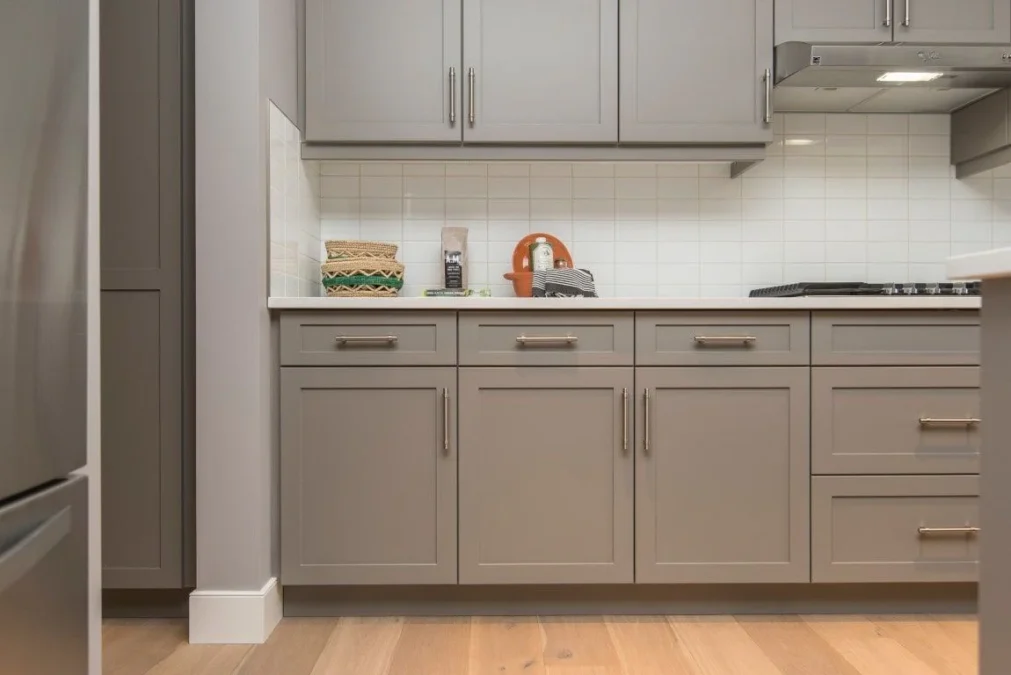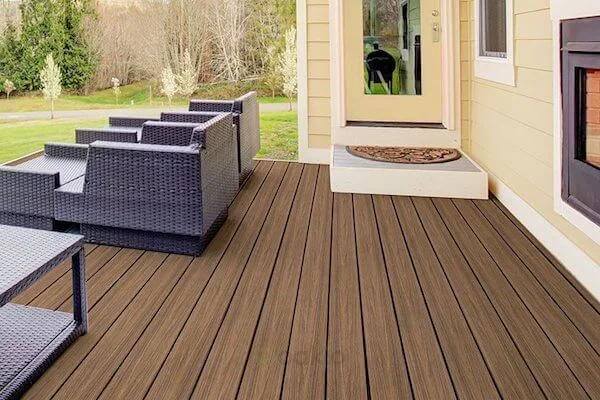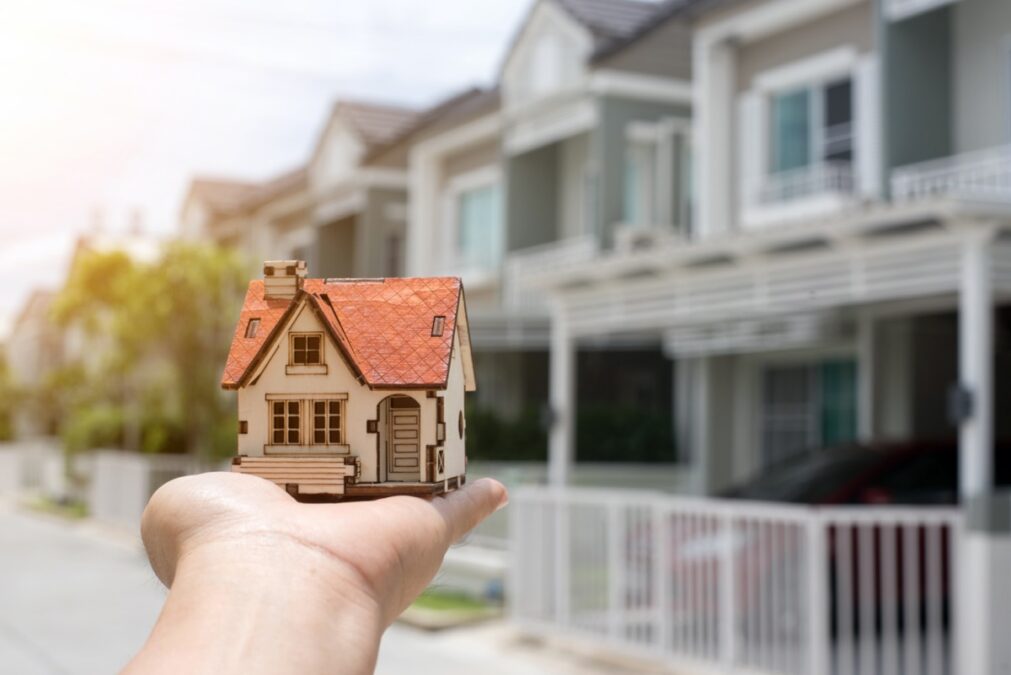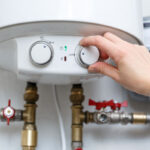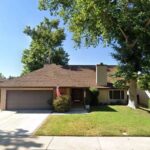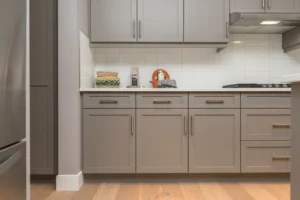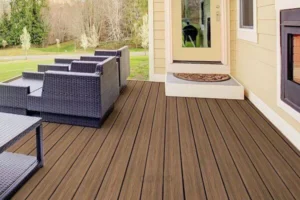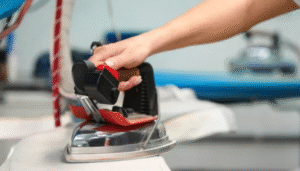Table of Contents
ToggleA reliable furnace is essential for maintaining comfort during the colder months. When a furnace malfunctions, it can quickly turn your cozy home into an uncomfortable space. Understanding the ins and outs of home furnace repair can save you time, money, and stress. Whether you’re dealing with inconsistent heating, strange noises, or a complete breakdown, this guide offers everything you need to know to diagnose issues, perform basic fixes, and determine when it’s time to call a professional.
Understanding How a Furnace Works
Before diving into repairs, it’s crucial to understand the basic components and functions of a home furnace. Most homes in North America use forced-air furnaces, which heat air and distribute it through ductwork.
Key Components of a Furnace:
- Thermostat: The control unit that regulates temperature
- Burner: Where fuel (gas or oil) is burned to create heat
- Heat Exchanger: Transfers heat from the burner to the air
- Blower Motor: Circulates air through the ducts
- Filter: Cleans air before it enters the furnace
- Flue/Exhaust Vent: Expels combustion gases safely
Understanding these components helps identify the source of problems and determine if they’re DIY-fixable.
Common Furnace Problems and How to Fix Them
Some furnace issues can be resolved without professional help. Here’s a look at frequent issues and how to address them.
Furnace Won’t Turn On
- Check the Thermostat: Ensure it’s set to “heat” and the temperature is above room temperature.
- Power Issues: Reset the circuit breaker or replace blown fuses.
- Pilot Light or Ignition Problems: For older units, relight the pilot. Newer models may need the ignition sensor cleaned or replaced.
Inadequate or Uneven Heating
- Dirty Air Filters: Replace filters every 1–3 months.
- Blocked Vents or Ducts: Ensure airflow isn’t restricted by furniture or debris.
- Thermostat Calibration: A poorly calibrated thermostat might send incorrect signals.
Strange Noises
- Rattling: Loose screws or panels
- Squealing: Worn-out blower motor belt
- Booming: Delayed ignition — call a professional immediately
Furnace Blows Cold Air
- Thermostat Fan Setting: Make sure it’s set to “auto” instead of “on.”
- Overheated Furnace: Caused by restricted airflow due to dirty filters
- Faulty Flame Sensor: May require cleaning or replacement
When to Call a Professional
Some repairs are better left to the pros. If you notice any of the following, it’s time to call a licensed HVAC technician:
- Gas Smell: Could indicate a leak — evacuate immediately
- Repeated Cycling: Furnace turns on and off frequently
- Persistent Noises: Indicate internal damage
- No Heat at All: Despite troubleshooting, the furnace doesn’t produce heat
Furnace Maintenance Tips to Prevent Repairs
Regular maintenance extends the life of your furnace and prevents costly repairs. Here’s a seasonal checklist:
Monthly Tasks:
- Change or clean air filters
- Inspect the thermostat functionality
Fall/Winter Preparation:
- Schedule a professional inspection
- Clean vents and air ducts
- Test carbon monoxide detectors
Spring/Summer Shutdown:
- Turn off the furnace power and gas supply
- Clean around the unit to prevent dust buildup
Choosing a Furnace Repair Company
Finding a reputable HVAC service provider ensures quality and safety.
What to Look For:
- Licensing & Certification: Ensure the company is bonded and insured
- Experience: Look for technicians with extensive experience
- Reviews: Check Google, Yelp, and Better Business Bureau
- Pricing Transparency: Avoid companies that offer vague or unusually low quotes
- Emergency Services: Important for unexpected breakdowns during winter
Cost of Home Furnace Repair
Average Repair Costs:
- Basic Tune-Up: $80–$150
- Ignitor Replacement: $150–$300
- Blower Motor Repair: $300–$500
- Heat Exchanger Replacement: $500–$1,500
Prices vary by region, type of furnace, and issue severity.
Energy Efficiency and Upgrades
If your furnace is over 15 years old, you may be better off replacing it. Newer models offer greater energy efficiency and lower utility bills.
Upgrade Options:
- High-Efficiency Furnaces (AFUE > 90%)
- Smart Thermostats
- Zoned Heating Systems
These upgrades may qualify for government rebates or energy efficiency tax credits.
Safety Considerations
Improper furnace repair can lead to fires or carbon monoxide leaks. Follow these precautions:
- Turn off power and gas before opening the furnace
- Never attempt to repair gas lines or burners without training
- Install carbon monoxide detectors in key locations
Conclusion
Home furnace repair is a critical part of keeping your household comfortable and safe during the cold season. While many minor issues can be handled on your own, knowing when to call in a professional is essential. Preventative maintenance, regular inspections, and timely repairs ensure your heating system runs efficiently and lasts for years.

